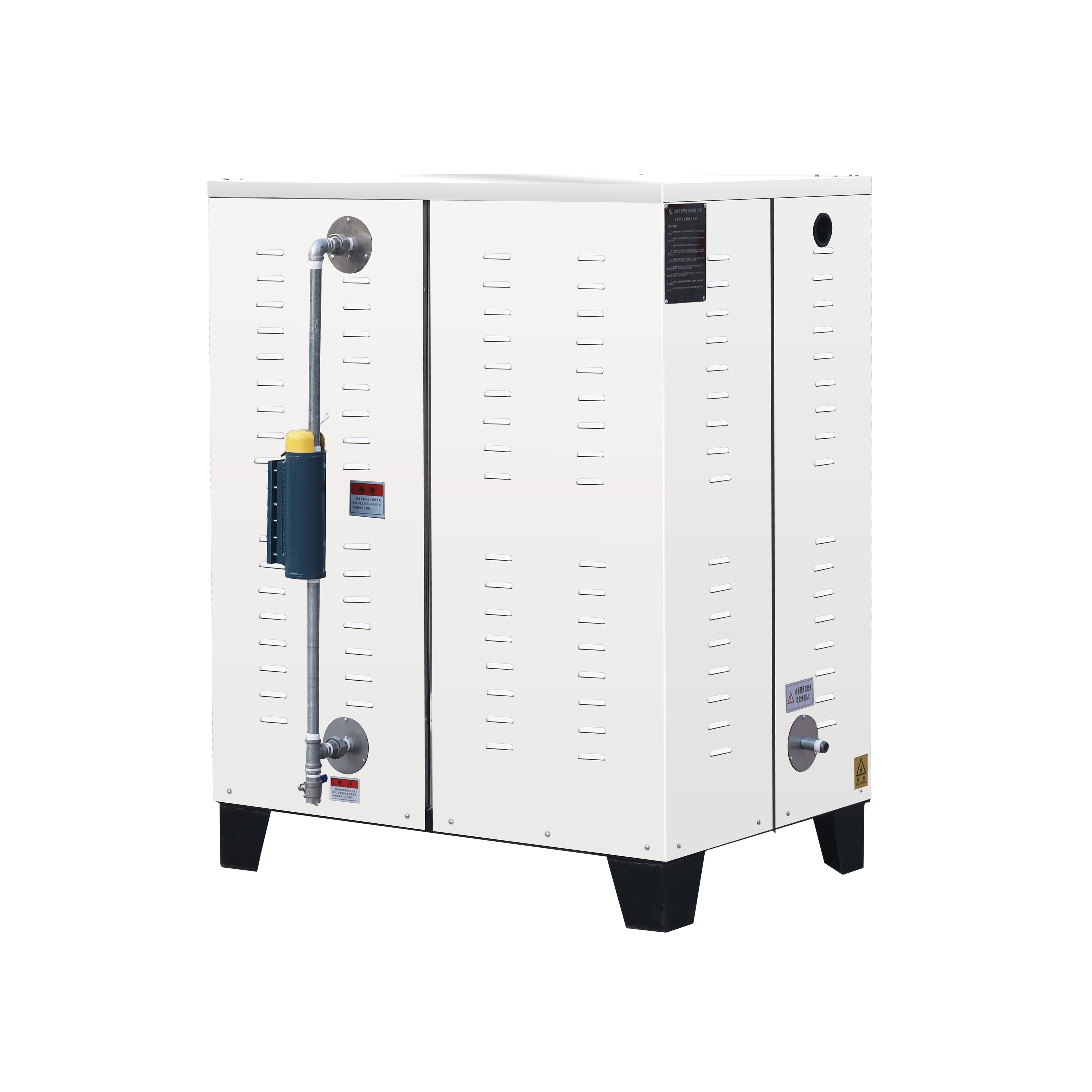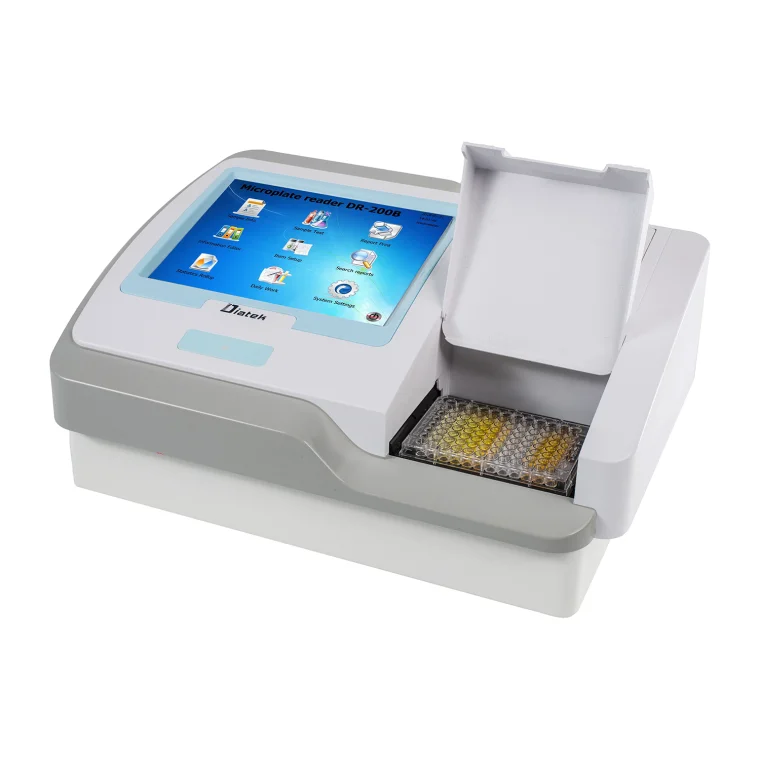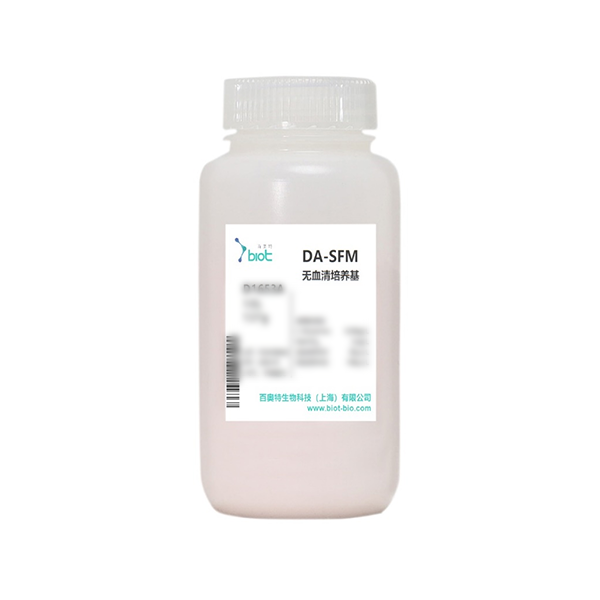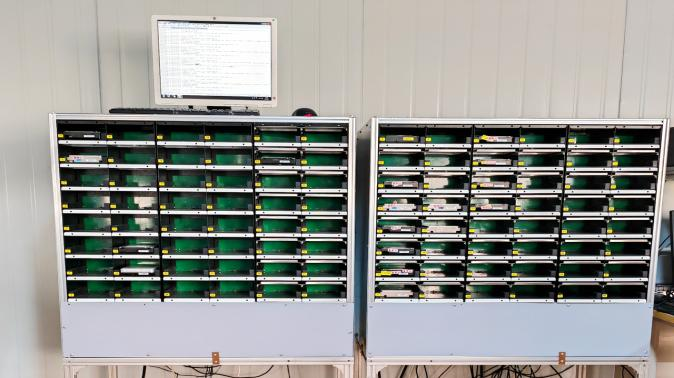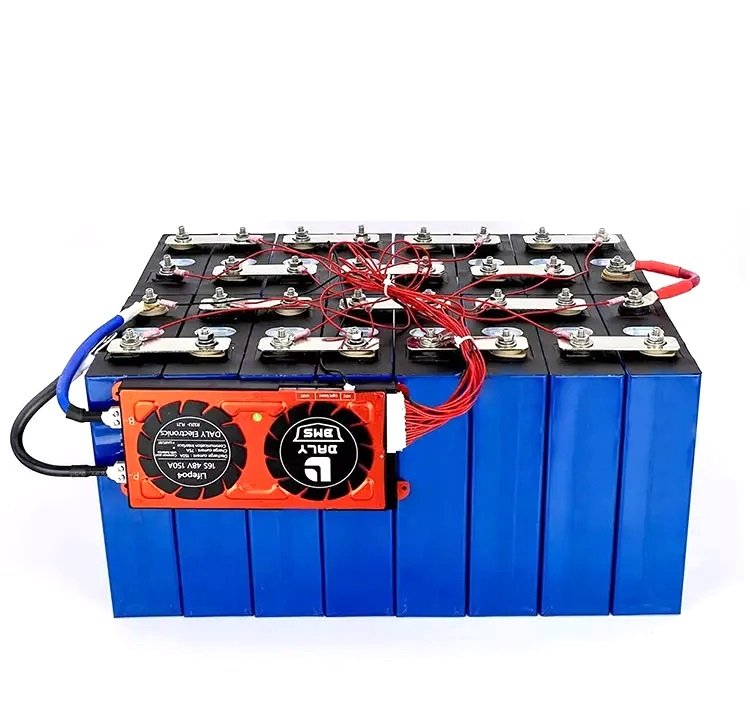In the realm of industrial heating and cooling processes, the plate evaporator stands out as a critical component. This article delves into the intricacies of plate evaporators, their applications, benefits, and the factors that contribute to their optimization.
What is a Plate Evaporator?
A plate evaporator is a type of heat exchanger that is widely used in processes where the evaporation of a liquid is required. It is designed to facilitate the transfer of heat from a liquid to a vapor, typically under vacuum conditions to reduce the boiling point and save energy. The structure of a plate evaporator consists of a series of stacked plates, which create a series of channels through which the liquid flows and is heated, leading to evaporation.
The Working Principle of Plate Evaporators
The working principle of a plate evaporator is based on the efficient transfer of heat between the liquid and the heating medium. The liquid to be evaporated is introduced into the evaporator, where it flows through the channels created by the plates. Simultaneously, a heating medium, such as steam or hot water, flows on the other side of the plates, transferring heat and causing the liquid to evaporate. The design of the plates ensures that the liquid is exposed to a large surface area, which accelerates the evaporation process.
Applications of Plate Evaporators
plate evaporators find application in a variety of industries due to their efficiency and versatility. Some of the key applications include:
-
Food and Beverage Industry: In the production of concentrated juices, syrups, and other liquid foods, plate evaporators are used to reduce the water content and increase the concentration of the product.
-
Pharmaceutical Industry: For the production of pharmaceuticals, plate evaporators are crucial in the purification and concentration of active ingredients.
-
Chemical Industry: In chemical processes, plate evaporators are used to recover solvents and concentrate chemical solutions.
-
Dairy Industry: For the production of milk powder and other dairy products, plate evaporators are used to remove water and concentrate the milk.
Advantages of Plate Evaporators
The use of plate evaporators offers several advantages over other types of evaporators:
-
High Heat Transfer Efficiency: The compact design of plate evaporators allows for a large heat transfer area in a small footprint, leading to high efficiency.
-
Energy Savings: The ability to operate under vacuum conditions reduces the energy required for heating, making plate evaporators an energy-efficient choice.
-
Easy Maintenance: The modular design of plate evaporators allows for easy access to the plates for cleaning and maintenance.
-
Versatility: Plate evaporators can handle a wide range of fluids and can be customized to suit specific process requirements.
Design Considerations for Plate Evaporators
When designing a plate evaporator, several factors must be considered to ensure optimal performance:
-
Material Selection: The choice of material for the plates is crucial, as it must be able to withstand the temperatures and pressures involved in the process.
-
Plate Geometry: The geometry of the plates affects the flow patterns and heat transfer efficiency. Different geometries are suitable for different types of fluids and applications.
-
Gasket Material: Gaskets are used to seal the plates and must be resistant to the chemicals and temperatures they will encounter.
-
Heating Medium: The choice of heating medium can affect the efficiency and cost of operation. Steam, hot water, and thermal oils are common choices.
https://www.zhconcentrate.com/Evaporator
Jiangsu Zongheng
